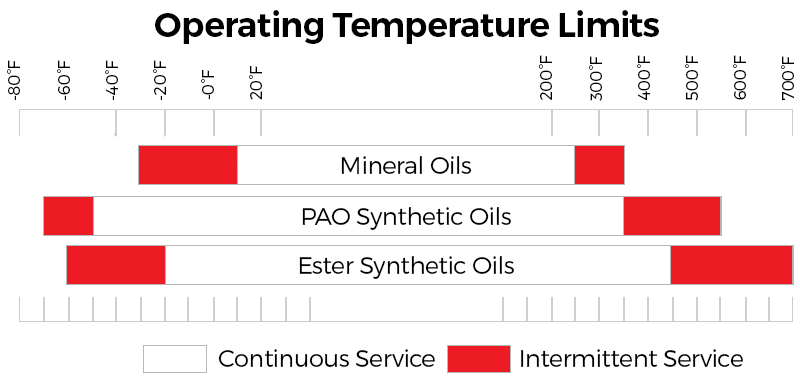Mineral vs Synthetic Engine Oil – What is the difference and which is better?
All through our lives, we have repeatedly heard automobile owners talking to check the oils before starting your car or use a particular type of oil for the engine when in reality, it is possible many people have little to no idea what they are talking about. But what is the hassle over oils really all about? Let’s find out!
Download PakWheels App
Engine Oils:
Engine oils, motor oils or lubricating oils are made up of different oils as a base augmented with various additives particularly anti-wearing detergents, dispersants and viscosity index improvers. These oils are used mainly for the following purposes:
- Lubrication of engines – the oils act as a thin film between the moving parts of the engine, such as piston with the cylinder, to reduce the wear and friction.
- Coolant – these oils also act as the coolant which continuously circulates around the engine to keep it at low temperatures or from hitting the critical temperature that causes seizure by carrying away excessive heat.
- Remove sludge – an unorthodox use of the oil is also to remove sludge from the engine and neutralization of acids that originate from burning of fuel. This is done using varnish and detergents.
Let us now look at the two major categories of these oils and how they affect the engine:
-
Mineral Oils:
As the name suggests, naturally occurring oils are called mineral oils which are created by the conventional oil refining process and are the derivative of petroleum products. They do not have additional additives and hence are used in pure form. Because of this reason, they cannot withstand high temperatures of the engine and therefore provide the least protection. But as they are in the original form, so they are cheap and can frequently be changed, as required by these oils.
-
Synthetic Oils:
These oils have chemically added compounds (additives) that are artificially made in the laboratories. These are made from scratch through reprocessed petroleum products left over after making crude oil into gasoline, diesel fuel, heating oil and other products. In layman words, synthetic oils are basically the by-product of “tuning” the characteristics of the lubricant according to your engine needs. These do not break down under high temperature and are generally considered more beneficial than mineral oils. However, this absolutely does not exclude the possibility that both of them have their own cons too. Synthetic oils are further classified into two types:
- Semi-synthetic oils – these are usually blended from Group 3 base oils which are lower spec base oils made by using a process called hydro-cracking to convert natural oil into suitable base oils.
- Fully-synthetic oils – these are blended using Group 4 base oils which are man-made, synthetic bases mixed from various chemicals. Fully synthetic oils are blended with various additive packs to obtain the required viscosity and characteristics for example 10W-40.

A comparison of both shows us how none is superior over the other and that both of them have their own unique uses:

 These oils exist in different grades as established by the society of automotive engineers (SAE) in numerical forms. Some examples include 5W, 10W, 10W-30, 20W-50 etc. These grades are to be taken care of while choosing the perfect kind of oil for your engine. It is dependent upon many parameters and should be looked over before purchasing one for your car.
These oils exist in different grades as established by the society of automotive engineers (SAE) in numerical forms. Some examples include 5W, 10W, 10W-30, 20W-50 etc. These grades are to be taken care of while choosing the perfect kind of oil for your engine. It is dependent upon many parameters and should be looked over before purchasing one for your car.
That is all about engine oils! I hope you get the idea now of how oils work and why is it important to keep checking your oil for an ideal performance.

